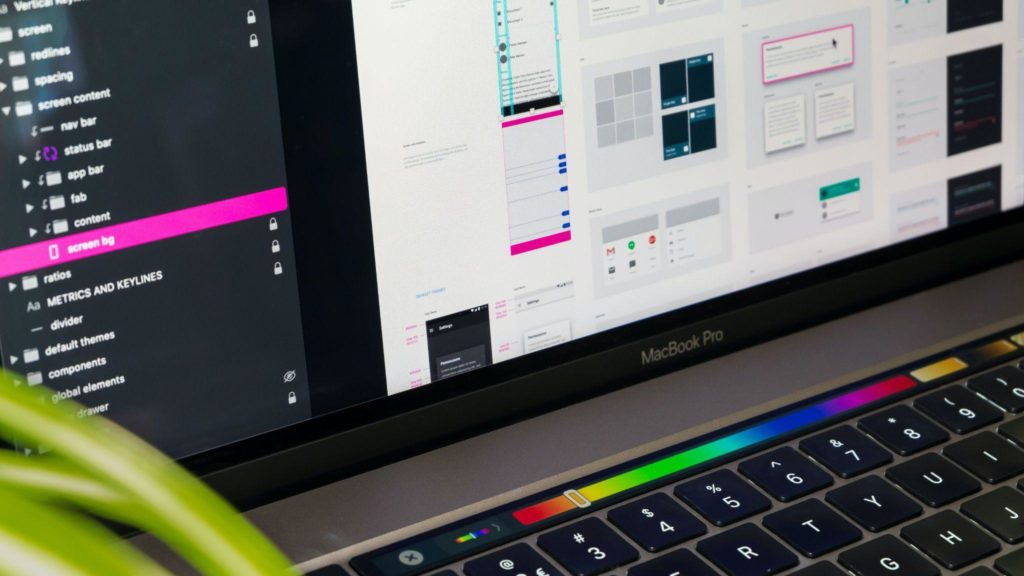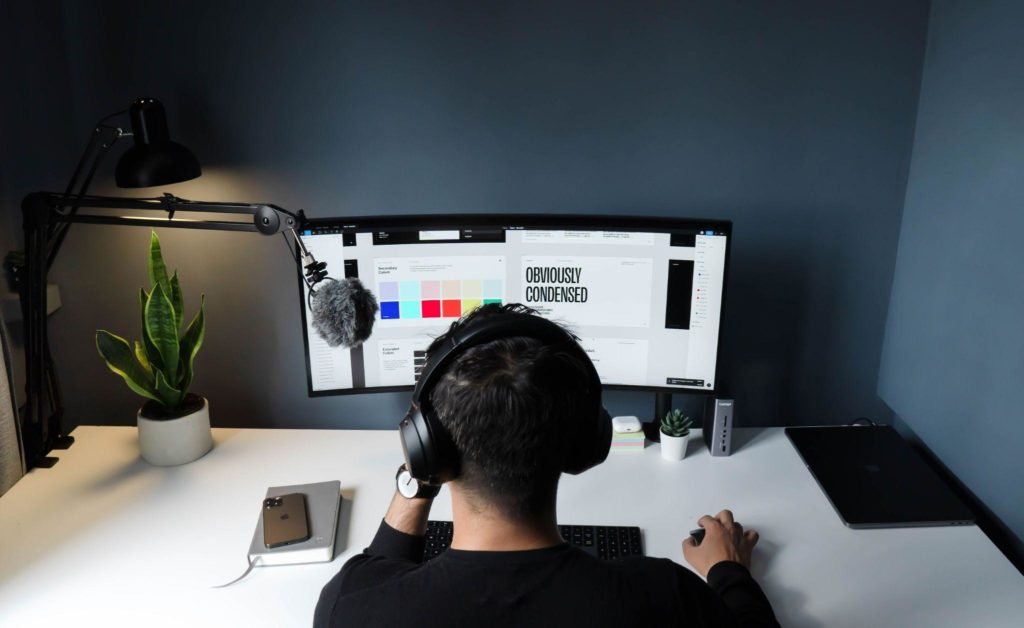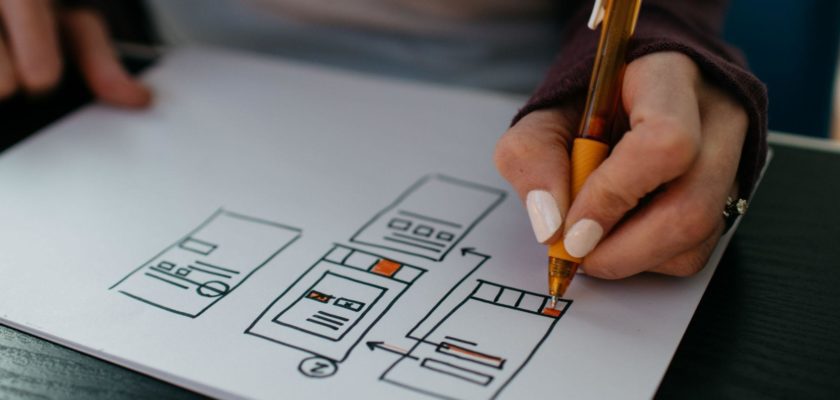Whether you’re working on a web page, a website, or a web app, creating a design that users can easily use will take you through several circles of hell. Lots of bugs, changes, and a long testing process awaits you.
Creating an intuitive web application design or any other digital product is based on taking into account the needs of users. Your focus should be on efficiency, intuitiveness, and accessibility. Each specific case needs a unique approach. However, there are universal principles to guide. We will offer you tips that you should be guided by when creating a new design.
Things to remember
Even though every designer wants to create something unique, work must still be based on standards. This implies the guidance of principles as well as best practices. Therefore, before you start developing a unique solution, remember the following:
- It will be easy for you as a designer to navigate as you place each element. However, it’s worth looking at your design from the user’s point of view. Will each user be able to navigate sire or web app easily? If this is not the case, then it is not worth reinventing the wheel. It is best to make sure that important components are located in easily accessible places. Each component should be clear and concise.
- Don’t just focus on being easy to navigate. In addition, you should pay attention to details. After laying out the information, make sure that all elements are clear, easy to see, and easy to read.
- Take a look at how your design looks on different devices. People use not only computers and laptops, but also smartphones and tablets. In this regard, the design should look the same on all devices.
- Don’t shy away from traditional design principles. If you are aiming for ease of use, then keep in mind symmetry, contrast, and so on.

Standard principles
When it comes to ease of use, you should keep design principles in mind. They are based on the interaction of users with devices, as well as on the principles of graphic design. Users are much more comfortable working with what they are already familiar with than trying to figure out a complex but unique design.
Everything must be symmetrical. It allows you to create a sense of balance and order. Guided by these principles, you help users better navigate a web page, application, or site.
The use of contrasting combinations helps to focus on what is important. Such blocks can be used to inform users about new updates or focus on products or services. In addition, contrasts are needed to easily read information. White text on a yellow background is a prime example of how difficult it will be for users to perceive information.
Regardless of your creative nature, text and other elements need to look neat and organized, so don’t forget about alignment.

Related information blocks should be close to each other. If the elements are not connected, then it is necessary to separate them using large distances.
Even if you think the interface is perfect, you should still be open to recommendations. To do this, you need to add a feedback feature so that users can report problems. Thus, you can quickly eliminate deficiencies.
It is better to use standard icons that users are used to. You can find off-pattern icon sets on the Internet that look amazing, but they can be ineffective. Users are accustomed to the fact that the handset icon means the ability to call back or that the magnifying glass means the ability to search the site.
Conclusion
There is no secret recipe for making the user interface perfect. In each case, it all depends on the needs of the target audience. However, first of all, it is worth creating a solid foundation for design, that is, being guided by standard principles. Based on them, you can start creating an intuitive website or web application design.


